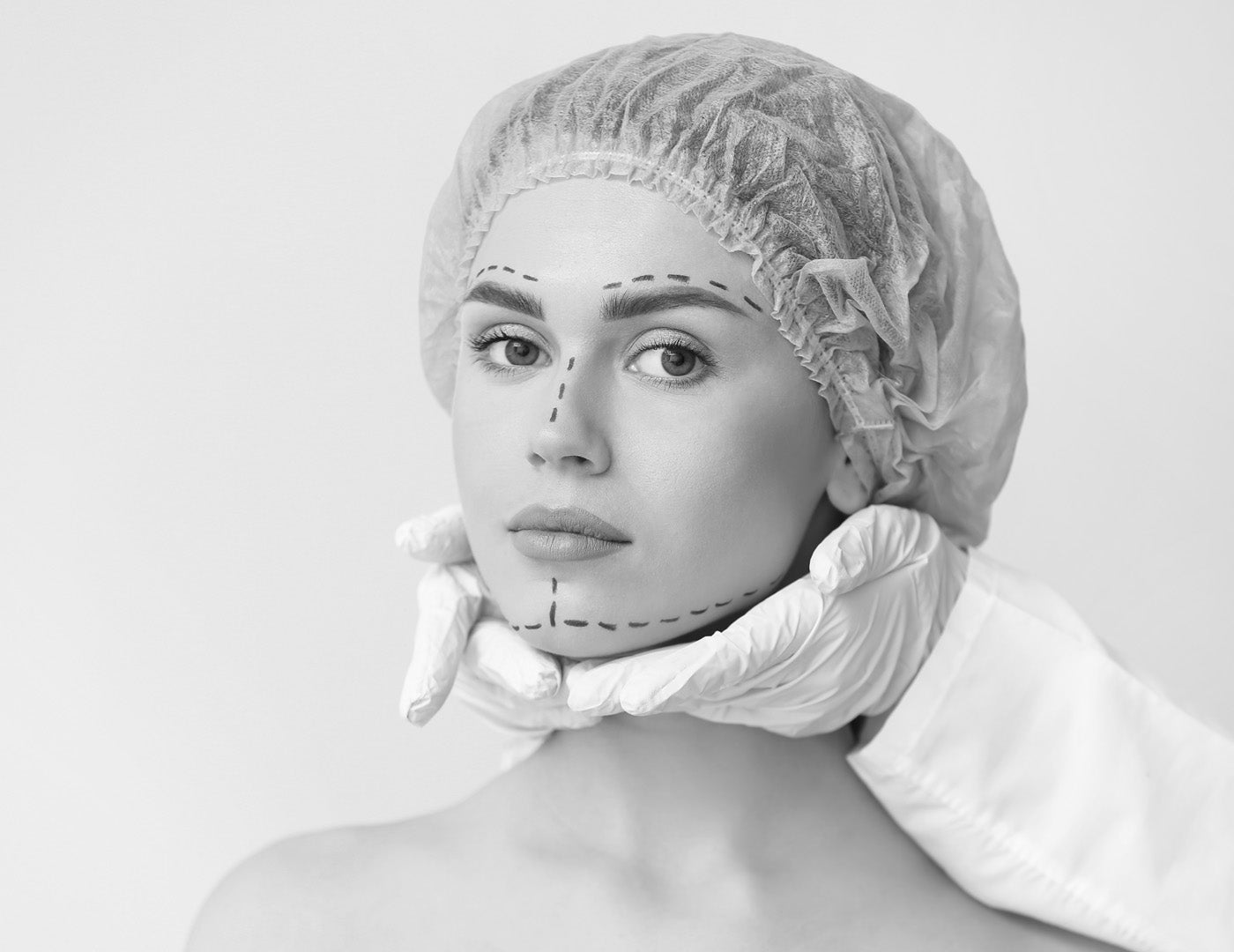Prof. Dr. Robert Hierner at a glance.
Body & Soul - Topics of specific rehabilitationafter Plastic Surgery are:
Treatment of Pain
Early Mobilisation
Recharge your Energy Level
Treatment of Swelling
Treatment of Bruising
Treatment of the Fresh Scar
Psychological Recovery









Ask the Expert: Rehabilitation after Aesthetic Surgery
Prof. Dr. Robert Hierner provides specialized Rehabilitation after Aesthetic Surgery in Dubai, supporting optimal healing, improved mobility, and long-lasting aesthetic results through tailored therapy programs.
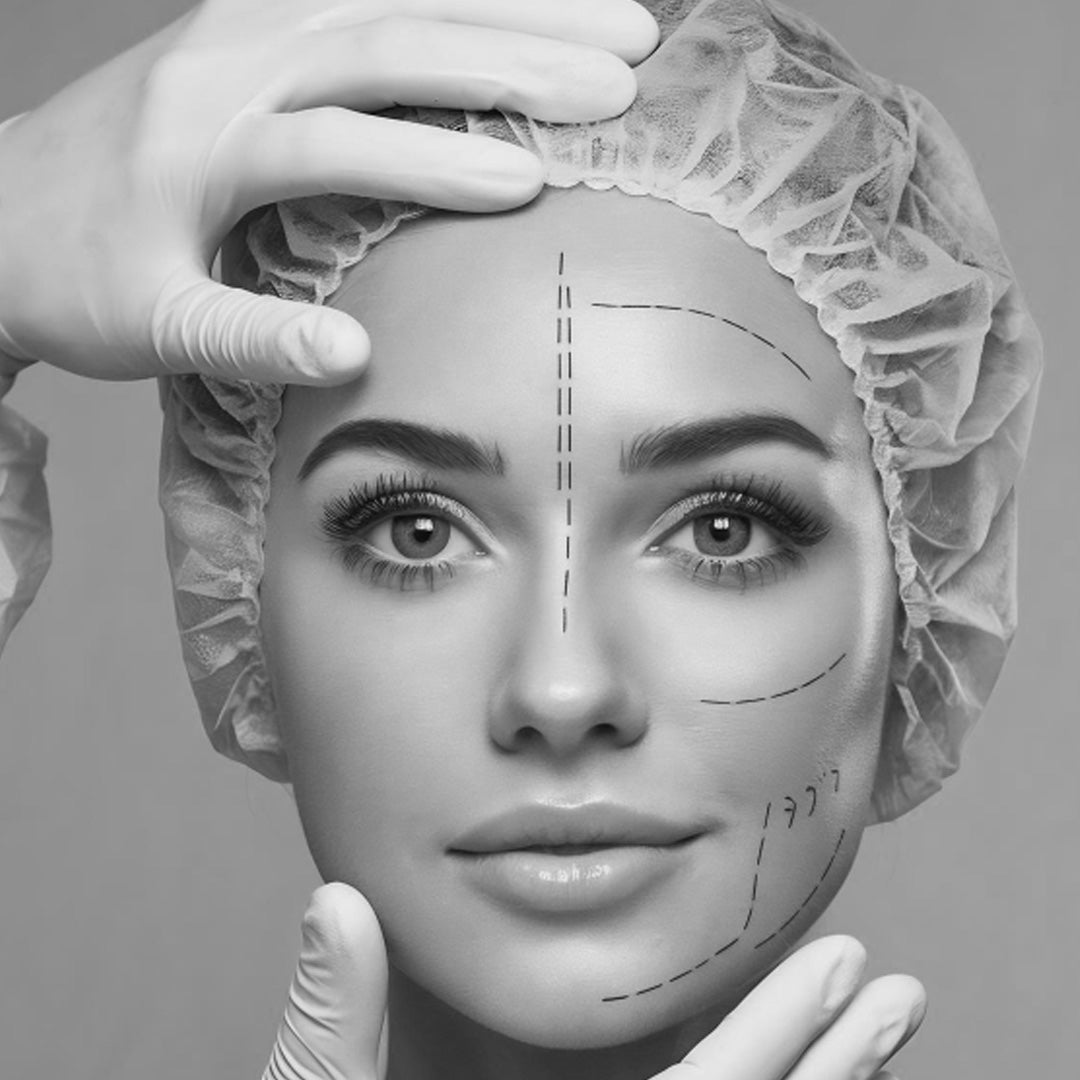

Learn more about the Early Mobilization
Typically, the goal is to achieve meaningful mobilization as soon as possible after surgery, i.e. within the first 6 to 24 h.
What are the benefits of early mobilization?
Early mobilization...
- reduces the risk of postoperative complications (thrombosis)
- accelerates wound healing
- accelerates the recovery of functional walking capacity
- positively impacts several
patient-reported outcomes - educes hospital length of stay
- reduces the cost of treatment
Are there different forms of early mobilization?
Early mobilization can include activities
such as
- sitting upright in bed
- transferring from bed to chair
- rising from a chair
- exercises in or out of bed
- walking in the room or hallway
What are the barriers to early mobilization after surgery?
barriers to early mobilization include
- lack of education
- lack of resources


Learn more about how to recharge your Energy Level
Why Do We Experience Energy Loss?
Low energy can be caused by various reasons and is often the result of a combination of factors. Causes of low energy include:
- Low levels of B12
- Anemia (iron deficiency)
- Insufficient sleep
- Electrolyte imbalances
- Certain illnesses
- Overexertion
- Stress
- Hormonal conditions (Thyroid,…)
Aesthetic procedures and surgeries and its recovery may consume more energy than usual and make a latent deficiency state visible.
How can the deficiency be treated?
Substitution of nutrients, medications, or other liquid substances leads to a plethora of other benefits for the body that can positively affect daily life, including:
- Faster recovery
- Better healing
- Deeper, more rejuvenating sleep that allows you to feel rested
- Increased motivation to take on the world each day
- Increased productivity at your
job or with your school studies - Decreased stress? Or at least
the ability to manage your stress more effectively - Strengthened immune system to
help you combat seasonal cold and flu symptoms
Substitution can be done orally or intravenously.
Why Choose IV Drip Therapy Over Oral Supplement Ingestion?
Many still wonder what advantage IV drip therapy has over ingesting orally-consumed vitamins or supplements. There are benefits to using IV drip therapy over the ingestion of oral supplements.
- Better Absorption: About 90% of the nutrients and vitamins in the solution are easily absorbed into the body using IV drip therapy compared to the 7-20% absorbed through oral ingestion.
- Avoids Upset Stomach: Some vitamins, such as C and D, can cause an upset stomach. The patient can have adverse side effects like an upset stomach by circumventing the stomach and digestive tract.
- Better Control Over Potency: Potency is easier to control since IV drip therapy has a more predictable absorption rate. This means the number of specific
nutrients to enter the body can be controlled. - Can Administer Larger Doses: Those needing a higher dose of a vitamin or nutrient can fight comfort with IV drip therapy than naturally eating enough of a nutrient-food source or taking supplements
What’s Usually Included in an Energy-Boosting IV?
IV hydration therapy can be customized to each patient: Iron, Vitamins and minerals can be placed in sterile saline to rehydrate the body. However, for those dealing with low energy levels, the IV bag is likely to contain the following:
- Vitamin C. This vitamin has numerous roles to play in the body. It boosts your immune system and supports your bones, muscles, and circulatory system.
- Vitamin B12: This vitamin is essential since it assists in many of the body’s metabolic processes and helps to burn fat and carbohydrates into energy. A vitamin B12 deficiency can lead to tiredness and even chronic fatigue syndrome.
- B-Complex vitamins: This combination of vitamins helps you to convert food into energy and provides cardiovascular support
How Often Should I Get the IV Drip Therapy?
Since each individual has needs, it is recommended to talk with the provider about the best timing: The required session will depend on the purpose of using it.
- chronic condition: it is suggested to have it regularly, 1-2 times each month, as the best bet.
- Acute condition: 1 – 2 times in total may be all they need for better recovery after aesthetic surgery
Is IV Drip Therapy Safe?
Choosing the right practitioner and where to have it performed wisely means doing due diligence and ensuring that the facility and providers are certified medical professionals. IV drip therapy has next to no side effects, with the only common side effect is a short lived warm flushing sensation and increased thirst. Although, these are typically very easy to manage and subside quickly after the session.


Learn more about the Post-Surgery Swelling
Surgery, although controlled, causes trauma by way of incisions. This increase in permeability allows fluids, white blood cells, and other chemicals to flood the areas to start the healing process. This process is known as inflammation or swelling.
What is the natural course of Swelling after surgery?
- After surgery, swelling increases progressively, reaching its peak by the 3rd day
- Significant swelling can persist about 2 weeks after surgery
- minor swelling can last for about 6 weeks post-OP (75% resorption of swelling)
- Residual swelling may continue for another few weeks or even months after that (95% resorption of swelling after 3 months).
During revision procedures there is a prolonged tendency to swell.
How can Swelling be prevented?
The best treatment is prevention or better minimizing of postsurgical swelling (edema) and postsurgical bruising
This is mainly the surgeon”s task:
- Stopp “blood thinner” before surgery
- Avoid complex procedures (Planning the procedure)Use tissue infiltration with adrenaline (Reduce bleeding)
- Atraumatic tissue handling
- Carry out meticulous hemostasis (reduce bleeding)
How can Swelling be treated?
Adequate Edema Management speeds up wound healing and scar maturation. There are various simple, conservative therapy options to influence postoperative swelling (edema) these are summarized in the so-called Edema Suppression Ladder.


Learn more about the Post Surgery Bruising
Bruising is due to blood leaking from blood vessels, either during or after surgery. Mild to moderate post surgical bruising is inevitable and is rarely serious or cause of concern.
What is the natural course of Bruising after surgery?
“4 stages of Bruise Colors”:
- A bruise first begins as a pinkish, red color
- changes to dark blue or purple
- fades to violet, green, dark yellow
- turns a pale yellow until it completely disappears
How can Bruising be prevented?
“Prevention is the best Treatment”: Although swelling cannot be prevented completely, it can be reduces or limited by simple surgical principles:
- Normal Blood Coagulation before Surgery
- Start systemic antiphlogistic medication 1 day before surgery
- Compressive dressing & cooling
How can Bruising be treated?
“Rice, Hide & Cure”: There are various simple, conservative therapy options to influence postoperative bruising these are summarized in the so-called Bruising Suppression Ladder.
Coverage of bruising with make-up can be started as soon as 24 hrs after surgery.
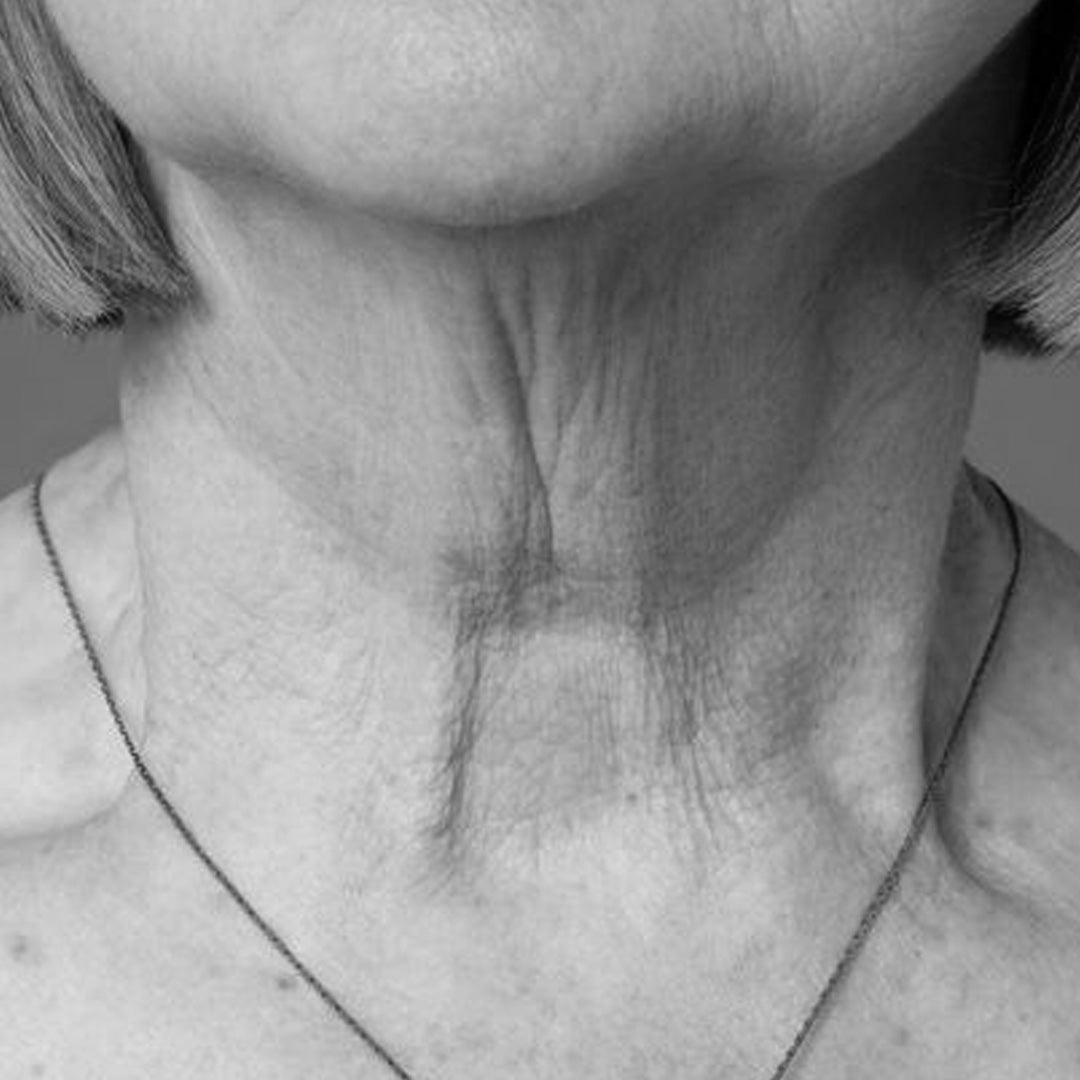

Treatment of the Fresh Scar
Why do scar occur?
The scar is the end point of each and every wound healing. Therefore, there is no scarless healing, even not with a Plastic Surgeon. The goal of every scar treatment is to end up with the least noticeable scar.
The goal of every scar treatment is to end up with the least noticeable scar.
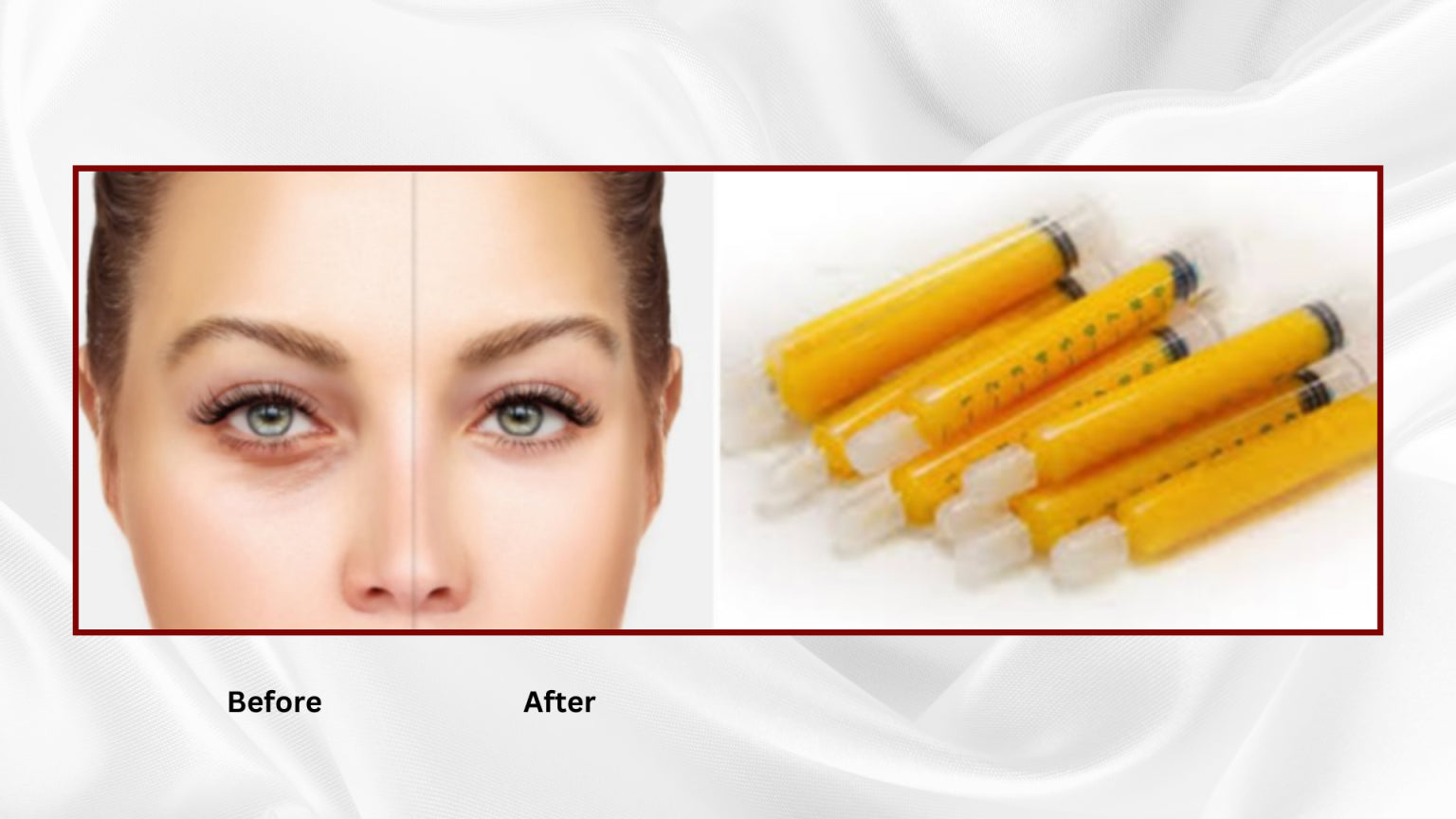
What is the natural course of Scar formation?
Phases of Scar Formation: From a clinical point of view, the 4 phases of wound healing are divided into 2 phases of scar formation:
- Scar Genesis: 0 – 14 days
- Scar Maturation: 14 days – 1 year
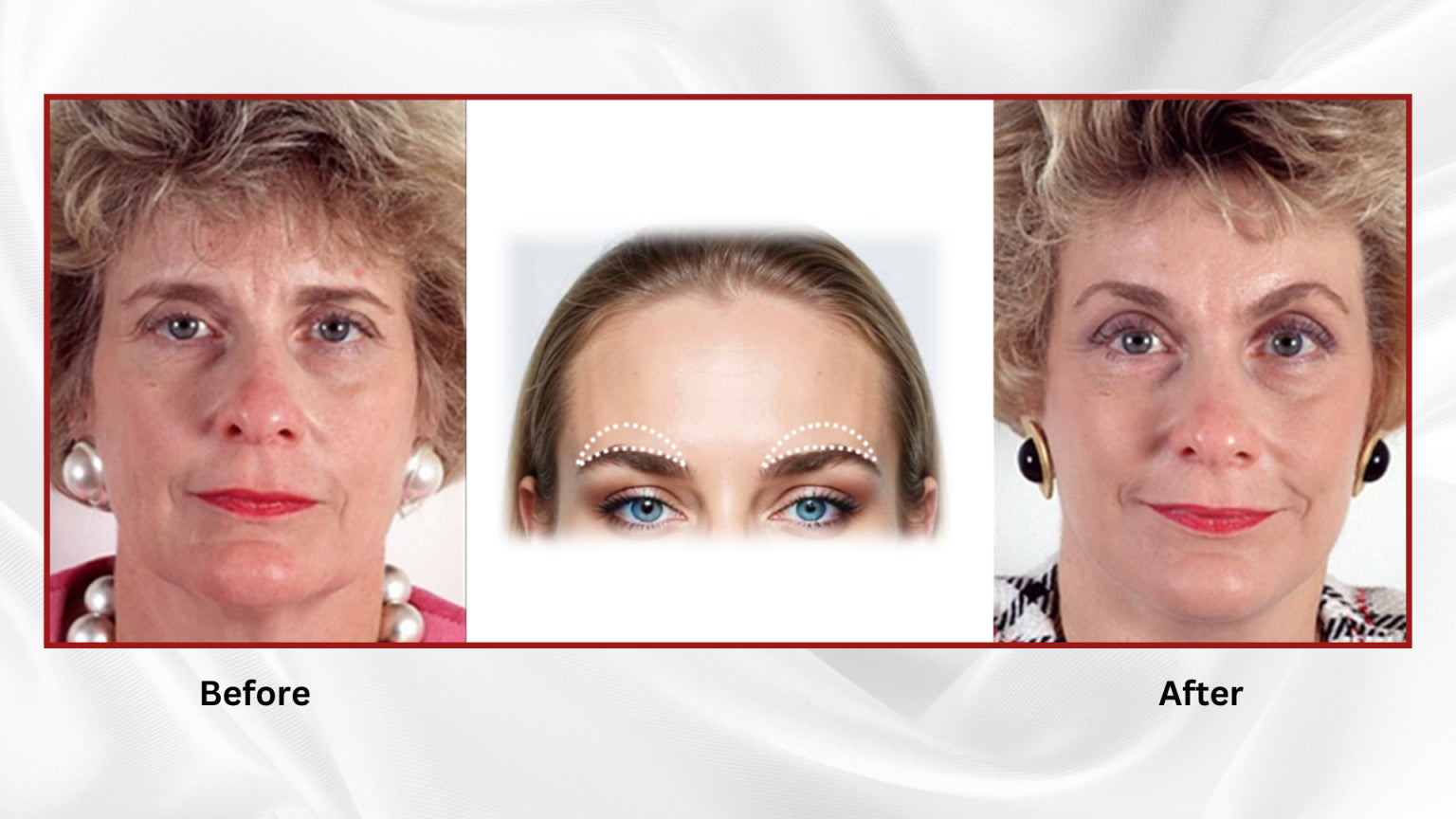
How can abundant scar formation be prevented?
“Prevention is the best Treatment”: Abundant scarring can be prevented by simple surgical principles:
- Increase skin resistance
- Reduction of Tissue trauma
How can a fresh Scar be treated?
There are various simple, conservative therapy options to influence postoperative scar formation, these are summarized in the so-called Scar Suppression Ladder.
As long as a scar is red, it can be improved. A significant improvement can be achieved in almost every patient.
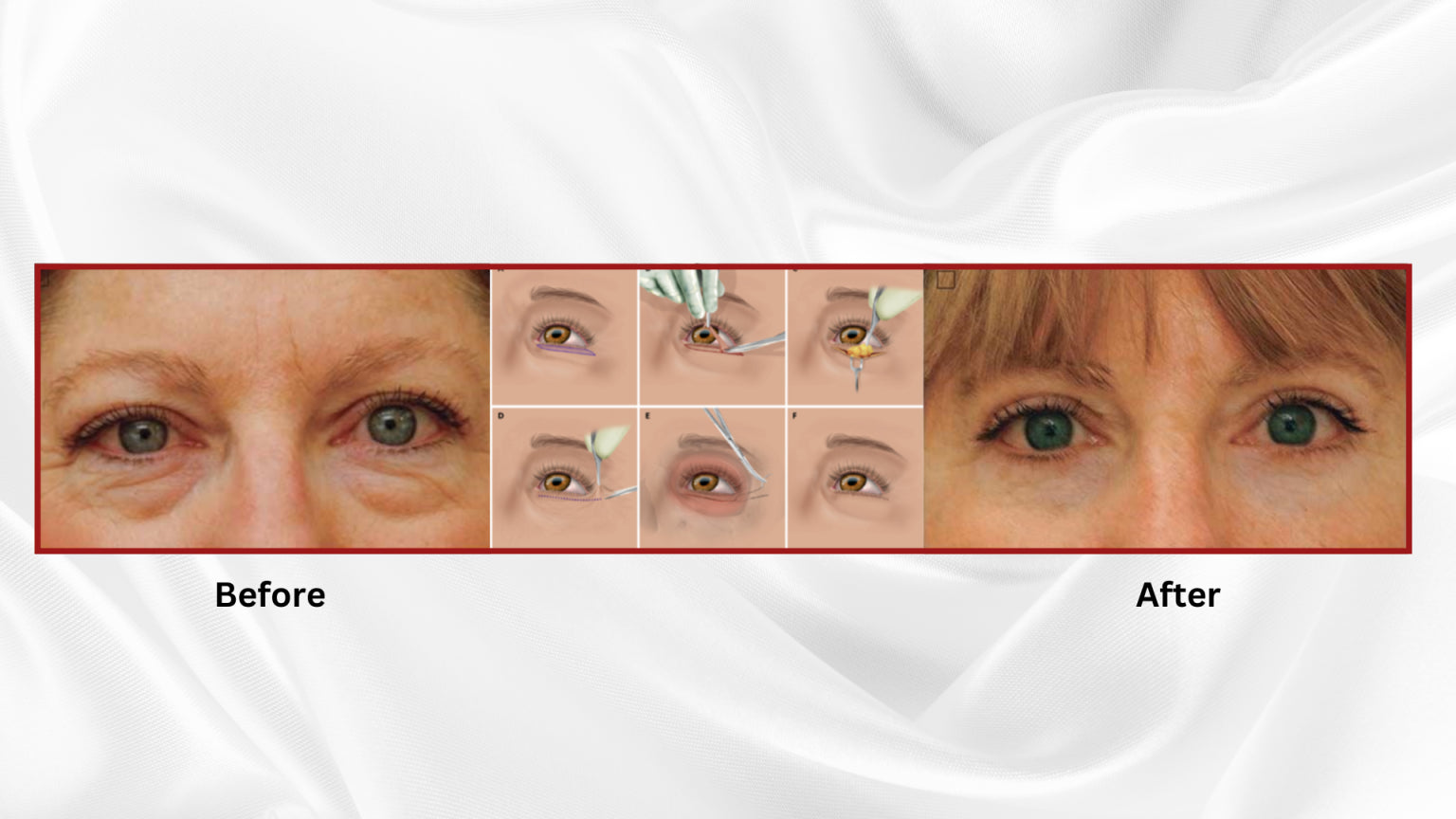


Learn more about the Psychological Recovery
Although as a Plastic Surgeon I generally care for patients on their OUTSIDES, what I do also affects my patients on the INSIDE, too – where the results directly affect body image, self image and self-esteem.
What is the natural course of Psychological Recovery after Aesthetic Surgery?
“Normal Psychological Recovery” ranges widely from one plastic-surgery patient to the next. Your own emotional journey will be determined partly by the procedure and medications, but it will mainly depend on you. However, there are some common stages patients go through, including:
Phase 1: Low energy & an emotional roller coaster:
This can last days to several weeks, depending on your particular situation, the amount of surgery you have had, your support system, level of physical fitness and overall emotional state in general.
Phase 2: “Nit-picking”
Being concerned about how things look and evaluating “my surgical results” is not possible or realistic for at least 6 weeks, up to 3 months or longer after surgery. However, this is when you start looking under the garments and critically evaluating the appearance of your body. This is often the most frustrating time, since you are still in the loss-of-control phase and everything often still looks quite scary! This lasts for several weeks, often 2-3 months, rather than the ‘week 2’ as diagrammed above.
Phase 3: Noticing others’ reactions
For breast and body surgery, like many of my patients have, the results are NOT noticeable to others, which is what we wanted! However, after a breast augmentation, tummy tuck, liposuction or other surgical procedures, around 3-6 weeks postop is when you can start to see evidence what the results will be once ALL the swelling is gone, which takes 3-12 months.
Phase 4: Joy, hearing “you look wonderful” and feeling like “I love it!”
This often does not realistically occur at the 4 week stage. However, everyone goes though different emotions during their recovery, and after you are able to resume exercise, when you get back to your usual routine and feel some sense of control return, there usually IS a feeling of “I’m so glad I did it!”
How can inadequate Psychological Recovery be prevented?
Choosing the right patient and the right doctor is crucial to reducing the risk of inadequate Psychological Recovery:. The key lies in the preoperative consultations. Bases on the analysis of my own practice I recommend at least 2 consultations before any aesthetic procedure or surgery:
In a first consultation, the deformity to be improved should be discussed in detail. You can then use this information to think about it further and make a decision. Goals of the initial consultation are to collect information on the following questions:
- Why does the patient want to do Aesthetic Surgery? (Motivation, pressure, …)
- Aesthetic Surgery is more than the hairdresser: Surgery carries risks, but these risks must be far outweighed by the benefits.
- Does the patient have a clear idea on what to change ?: The worse would be a patient coming to your
consultation asking you “Doctor, what can you do for me? - What does the patient know about the procedure?
- What does the patient expect from Aesthetic Surgery
A second consultation can often be necessary if the patient still has questions. The patient should ask these questions possibly also in writing – and have them answered. The better the patient is informed, the better the treatment results on body and soul can be controlled.
Patient and doctor should feel comfortable to “team up”
How can Psychological Recovery after Aesthetic Surgery be improved?
- If you have realistic expectations, a positive attitude and healthy self-esteem, you could breeze through the emotional side of the healing process.
- Have a support group of trusted people to help you. Not only will you need physical help for a few days, you'll also need your support around you emotionally
- Plan your recovery: After your cosmetic surgery, you should have a list of what to do to keep yourself occupied and prevent thinking about the recovery process. This includes movies to watch, books to read, and other light activities recommended by your surgeon.
- Adhere to postoperative instructions: Make sure to adhere to your medication regimen and avoid vigorous activities that can put stress on your surgical incision line which can lead to a poor cosmetic result. In addition, follow proper wound cleaning techniques to lower your risk of infection and other complications.
- Rest as much as you can: The recovery period is not the time for you to resume your activities at home. Whether it’s as simple as caring for your kids or washing the dishes, you need to rest for a few days to allow your body to heal. Your surgeon will let you know the time when you can get back to your daily routine.
- Be patient with your recovery period: It is important to keep in mind that your recovery period may vary from other patients because this will depend on several factors such as your body anatomy, type of surgery, and desired cosmetic goals. To reduce your anxiety, don’t make judgments on the clinical outcome while you still have bruises, swelling, redness, pain, and stitches.
- Consult with your doctor regularly: When recovering at home, you can communicate with your doctor instead of searching the internet for possible solutions or strategies to accelerate your healing process. In case of bleeding, increasing pain, pus on the surgical wound, and untoward signs and symptoms, consult with your doctor immediately for further evaluation and medical management.


